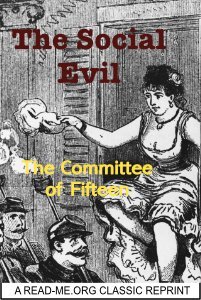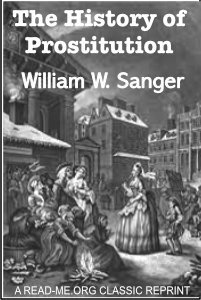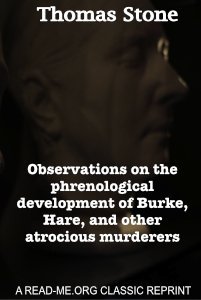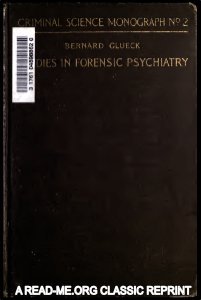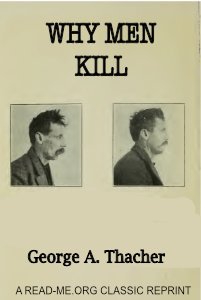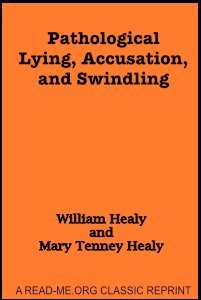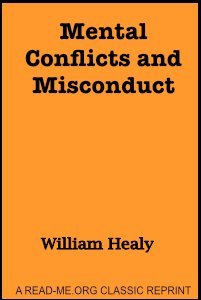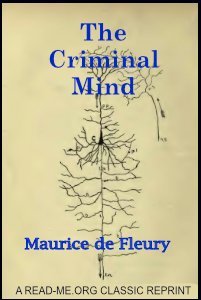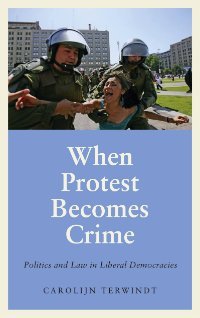By The Committee of Fifteen
With special reference to conditions existing in the city of New York. . “In the fall of 1900, the city of New York was startled by discoveries in regard to the spread of the Social Evil in certain districts, and as to the extent of flagrant offences against public morality and common decency. A meeting of citizens was held at the Chamber of Commerce in November, as a result of which the Committee of Fifteen was called into existence. The objects which the Committee of Fifteen undertook to accomplish were thereupon stated as follows : (1) To institute a searching inquiry, uninfluenced by partisan considerations, into the causes of the present alarming increase of gambling and the Social Evil in this city, and to collect such evidence as shall establish the connection between existing conditions and those who, in the last analysis, are responsible for these conditions. (2) To publish the results of such investigations in order to put our fellow-citizens in possession of facts, and to enable them to adopt such corrective measures as may be needed. (3) To promote such legislation as shall render it less difficult to reach offenders, and as shall put an end to the shifting and division of responsibility in the local administration of the laws relating to vice and crime, to the end that public officers and their subordinates may be held to a strict accountability for their acts. (4) To suggest and promote the provision of more wholesome conditions and surroundings, in order to lessen the allurements and incentives to vice and crime.”
New York: G.P. Putnam's Sons, 1902. 188p.


